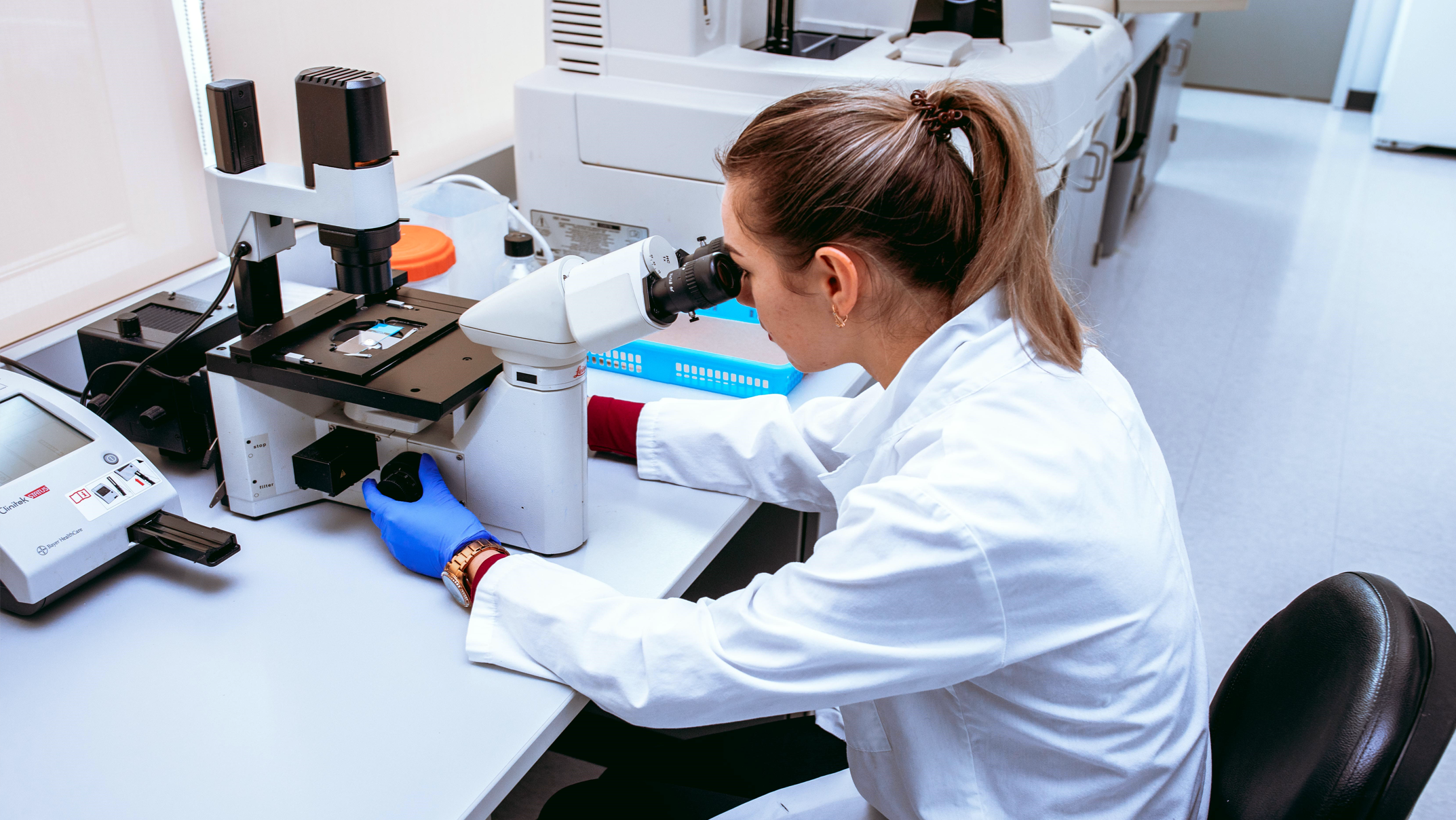About Technolgoy
DNA Testing Technology
DNA is a powerful tool in uniquely identifying individuals because it is highly discriminating. Using modern technology, a person's DNA can be extracted from a very small biological sample, such as a few drops of blood. This sample can be analyzed to create a DNA profile that can be used in much the same way as fingerprints are used to identify a person.
A known DNA profile, drawn from an identified biological sample, can be compared to another unknown DNA profile drawn from a different biological sample. It the profiles match, we can conclude that the two samples originated from the same person. If the profiles do not match; however, it is clear that these samples came from two different people. DNA collected from a crime scene can either link or eliminate a suspect. In addition, evidence from one crime scene can be compared to evidence from another crime scene.
Contact Us
DNA profiles are created with the help of a polymerase chain reaction (PCR). PCR is a method of detecting minute quantities of DNA sequences specific to an organism by replicating the sequence and thus amplifying the organism's DNA signal. This makes detection in the laboratory much easier and fairly straightforward. Through PCR based analysis, we are better able to make accurate comparisons between, for instance, samples found at a crime scene and certain suspects.
The DNA molecule is itself very stable. This means viable DNA can often be found on evidence that is decades old. The stability of the DNA molecule when combined with the discriminating features of each individual's DNA, and the accuracy of current DNA analysis techniques, makes DNA evidence a valuable and reliable forensic tool.

